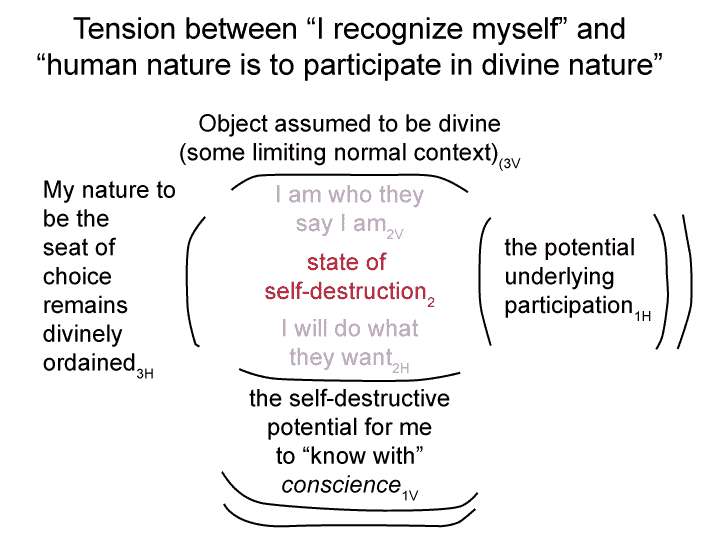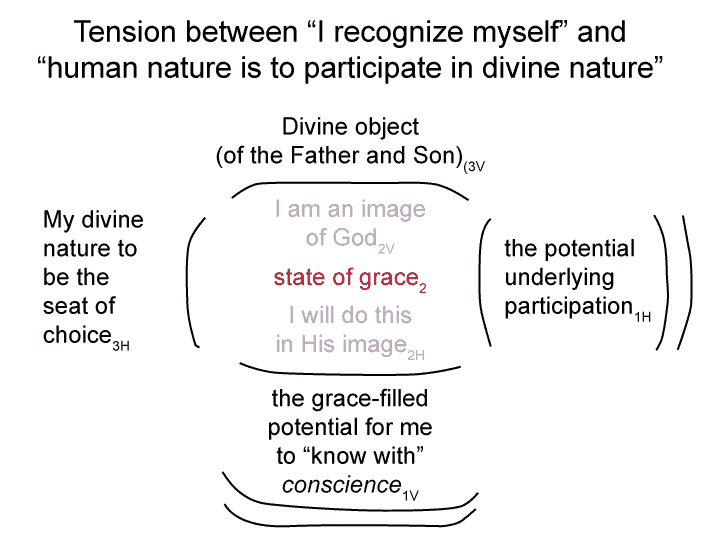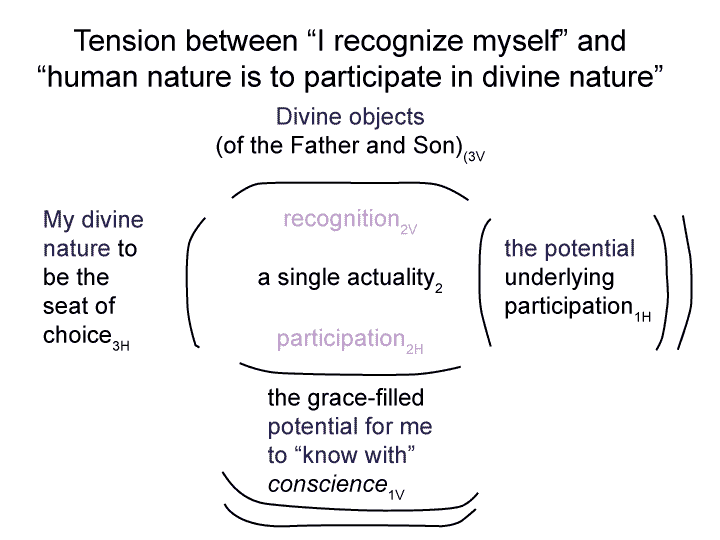Man and Sin by Piet Schoonenberg (1964) 2.1DP
[For example, consider the term ‘social’. Progressives use this term as a qualifier (in terms like ‘social justice’, ‘social equality’, ‘social responsibility’ ‘social construction’, in sum, all ‘social’-isms).
The qualifier ‘social’ does not have a contrasting qualifier.
The contrasting qualifier is hidden.
Why is it hidden?
If the word ‘social’ points to a particular normal context, then this normal context cannot be questioned. Otherwise, the contrasting qualifier would not be hidden.
The hidden normal context must be assumed.
Normal contexts obey the laws of exclusivity. In this instance, ‘any contrasting qualifier’ must be excluded. The word ‘social’ is a point de caption. It is like the knot in a shoelace holding the shoe onto the foot. If it comes undone, the shoe falls off.
What?
If you do not bend knee to ‘social justice’, then what kind of monster are you?
The word ‘social’ is a clue. It tells whether the conversant is thinkpro-object or thinkanti-object.]



